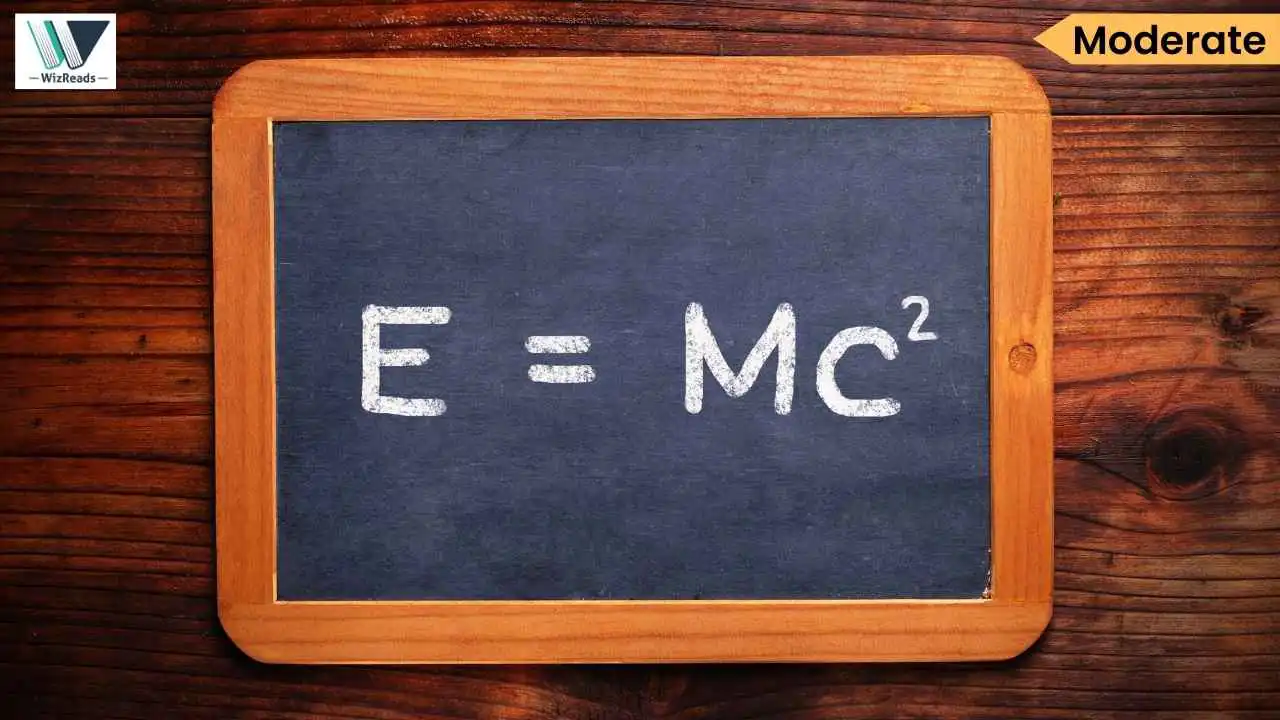
Newsletter Subscribe
Enter your email address below and subscribe to our newsletter

Enter your email address below and subscribe to our newsletter

Is time truly constant, or might it be more fluid than we’ve ever imagined? Could time flow differently depending on where we are and how we’re moving? These passages explore the fascinating evolution of our understanding of time, from absolute certainty to relativistic complexity, navigating the counterintuitive realities of temporal measurement in modern physics.
Read these Medium Difficulty RC passage(s) in Science Technology and Environment and answer the question(s) that follows. You can choose the GMAT style Reading Passage and the question or the GRE RC variant and answer the GRE-style question. Even better, you could solve both.
The conventional perception of time as an invariable, constant phenomenon that flows uniformly throughout the universe has undergone significant revision since Einstein’s groundbreaking work. Classical Newtonian physics operated under the assumption that time progressed identically everywhere, essentially positing a theoretical “master clock” synchronizing all temporal experiences. This conceptualization, while intuitively appealing, proved inadequate when confronted with relativistic phenomena.
Einstein’s theory of special relativity introduced the revolutionary idea that time’s passage is fundamentally observer-dependent. According to this theory, temporal progression varies relative to motion: objects traveling at greater velocities experience slower time passage compared to stationary counterparts. This phenomenon, known as time dilation, has been empirically verified through experiments such as atomic clocks aboard high-speed aircraft showing measurable discrepancies from identical ground-based instruments. General relativity extended these findings to gravitational contexts, establishing that strong gravitational fields similarly decelerate time’s flow.
Together, these relativistic theories replaced the comforting intuition of a universal, steady time with a dynamic, observer-contingent reality, marking one of the most profound shifts in our scientific understanding of the cosmos.
The passage traces how scientific understanding has evolved from the Newtonian view of time as a universal constant to the Einsteinian recognition that time is relative to the observer’s frame of reference. This transformation in perspective forms the passage’s central theme, showing how Einstein’s theories of special and general relativity challenged and ultimately replaced the previous conception of time as an absolute phenomenon that flows uniformly throughout the universe.
Correct Answer: Choice (C)

Humanity’s comprehension of time has undergone remarkable evolution throughout scientific history. Ancient civilizations conceptualized time as cyclical, reflecting observed natural patterns in celestial movements and seasonal changes. This perspective persisted until the Scientific Revolution, when Newton’s mechanistic worldview redefined time as absolute—an immutable, universal flow independent of observers or environments. For centuries, this Newtonian paradigm provided an ostensibly incontrovertible foundation for classical physics.
The early twentieth century witnessed a profound conceptual upheaval. Einstein’s theories of special and general relativity upended the absolute model, revealing that time measurements vary depending on relative motion and gravitational fields. Numerous experiments—from the behavior of elementary particles to measurable variations in satellite timing systems—have consistently validated these surprising theoretical predictions.
Building upon these relativistic insights, modern quantum theories have further complicated our understanding, suggesting that at the smallest scales, time may manifest as discrete, quantized units rather than flowing continuously. This ongoing evolution demonstrates that even concepts once considered fundamental are subject to continual refinement, as observational tools and theoretical frameworks grow increasingly sophisticated.
TThe passage presents a historical progression from cyclical time (ancient civilizations) to absolute time (Newton) to relative time (Einstein) to potentially quantum time (modern theories). This sequence is presented as increasingly sophisticated attempts to accurately model physical reality, with each new framework supported by improved observational evidence and mathematical tools. The passage indicates that our understanding evolves as “observational capabilities and mathematical frameworks advance,” supporting the inference that this progression reflects increasing accuracy in modeling physical reality.
Correct Answer: Choice (C)